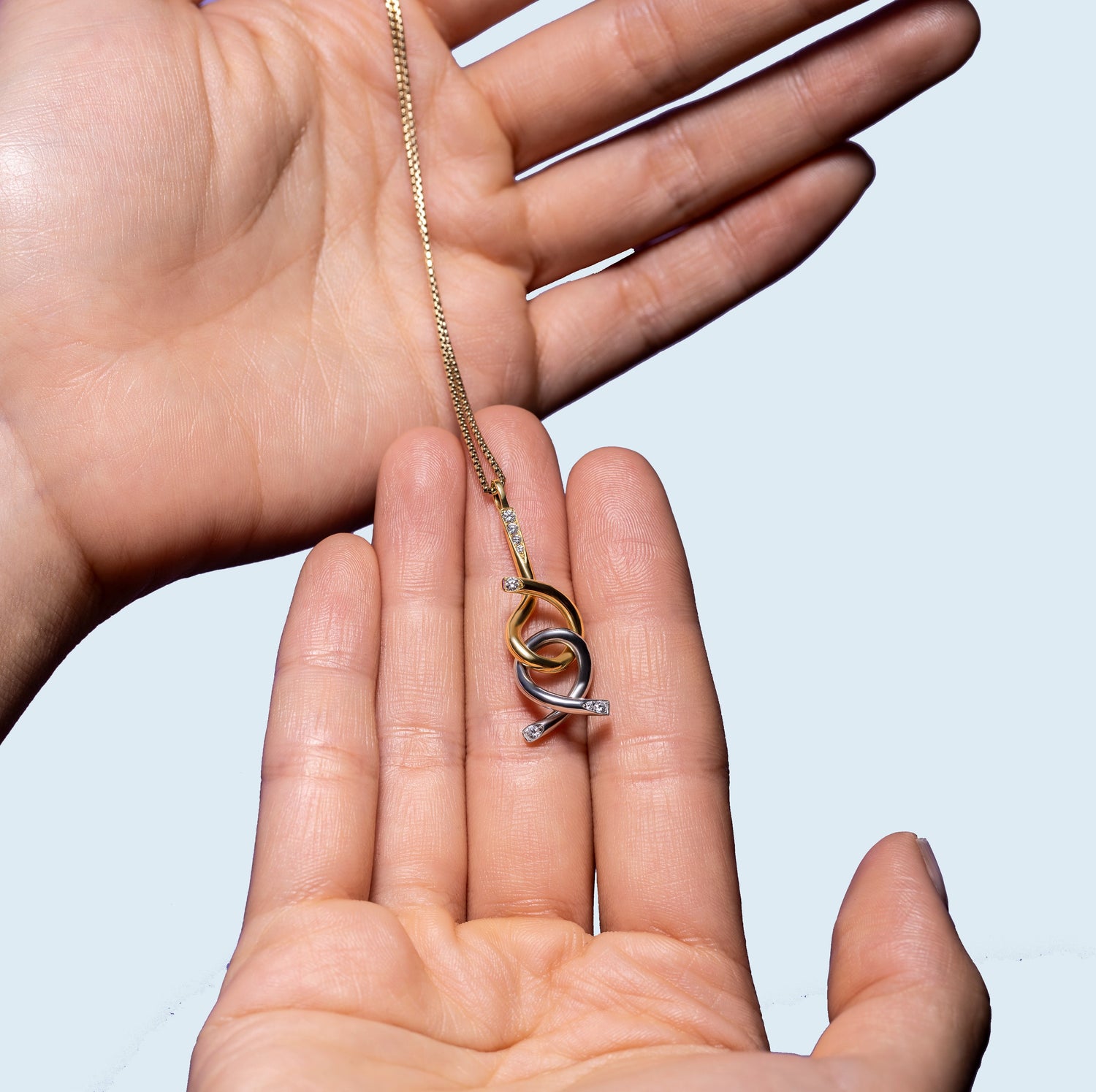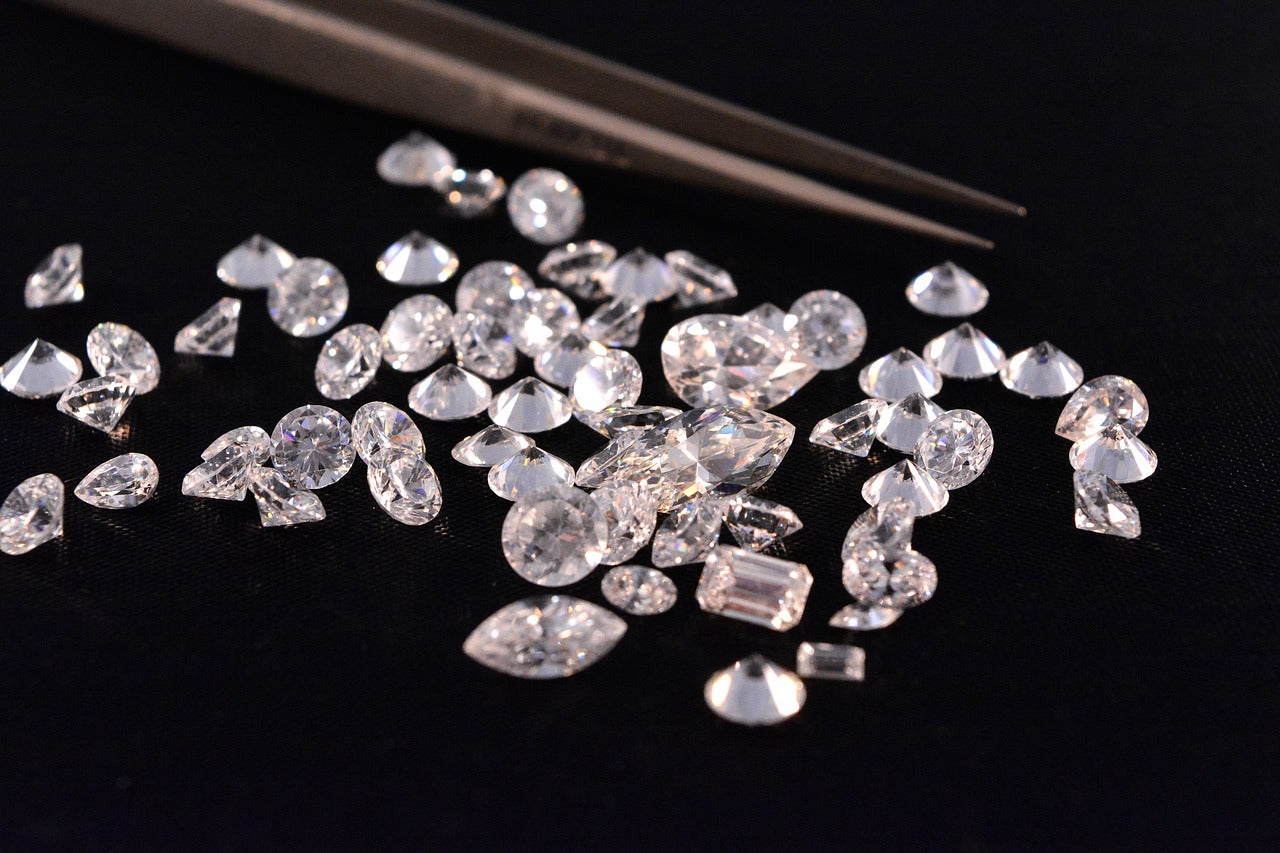
Lab-grown Diamonds: The Future of Sustainable Jewelry
What are lab-grown diamonds?
Lab-grown diamonds, also known as synthetic diamonds or cultured diamonds, are diamonds that are produced in a laboratory setting rather than being mined from the Earth. Consider diamond as a rose that can be grown more reliably in a greenhouse than in a forest.
Lab-grown diamonds have the same chemical, physical and optical properties as natural diamonds but are created through a process that simulates the conditions under which natural diamonds form in the Earth's mantle.
Lab-grown diamonds are considered as ethical alternatives to mined diamonds, as they do not involve harmful mining practices or labor issues and are man-made in a controlled and ethical laboratory setting.
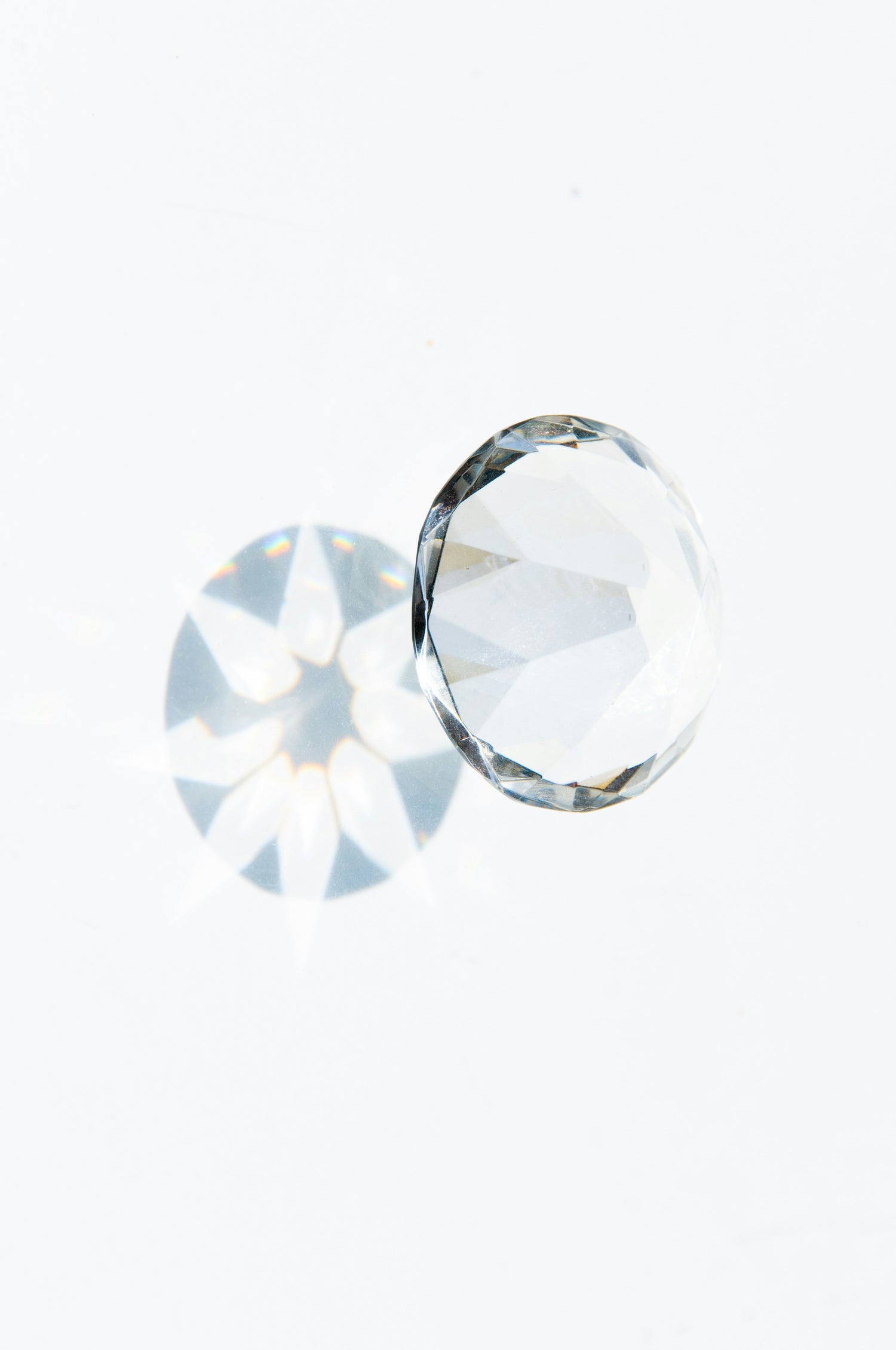
The Creation Process of Lab-grown Diamonds
High Pressure-High Temperature (HPHT) and Chemical Vapor Deposition (CVD) are the two primary methods used to create lab-grown diamonds.
High Pressure-High Temperature (HPHT)
In this method, a small diamond seed is placed in a carbon-rich environment and subjected to extremely high pressures and temperatures, mimicking the natural conditions under which diamonds form deep within the Earth's mantle. The carbon atoms from the environment crystallize around the seed, gradually building up layers of diamond material. This process can take several weeks to several months to produce a sizable diamond.
Chemical Vapor Deposition (CVD)
CVD involves placing a diamond seed in a vacuum chamber filled with a carbon-rich gas, such as methane. The gas is then heated to extreme temperatures, causing the carbon atoms to break apart and deposit onto the diamond seed, layer by layer. This process allows for more precise control over the growth of the diamond and can produce diamonds more quickly compared to the HPHT method. CVD-grown diamonds are often used for industrial purposes but can also be produced for gemstone use.
Both HPHT and CVD techniques result in diamonds with identical chemical and physical properties to natural diamonds. These lab-grown diamonds can be used in various applications, including jewelry, industrial tools, and electronics. Due to advancements in technology and increasing demand, lab-grown diamonds have become increasingly popular as ethical and sustainable alternatives to mined diamonds.
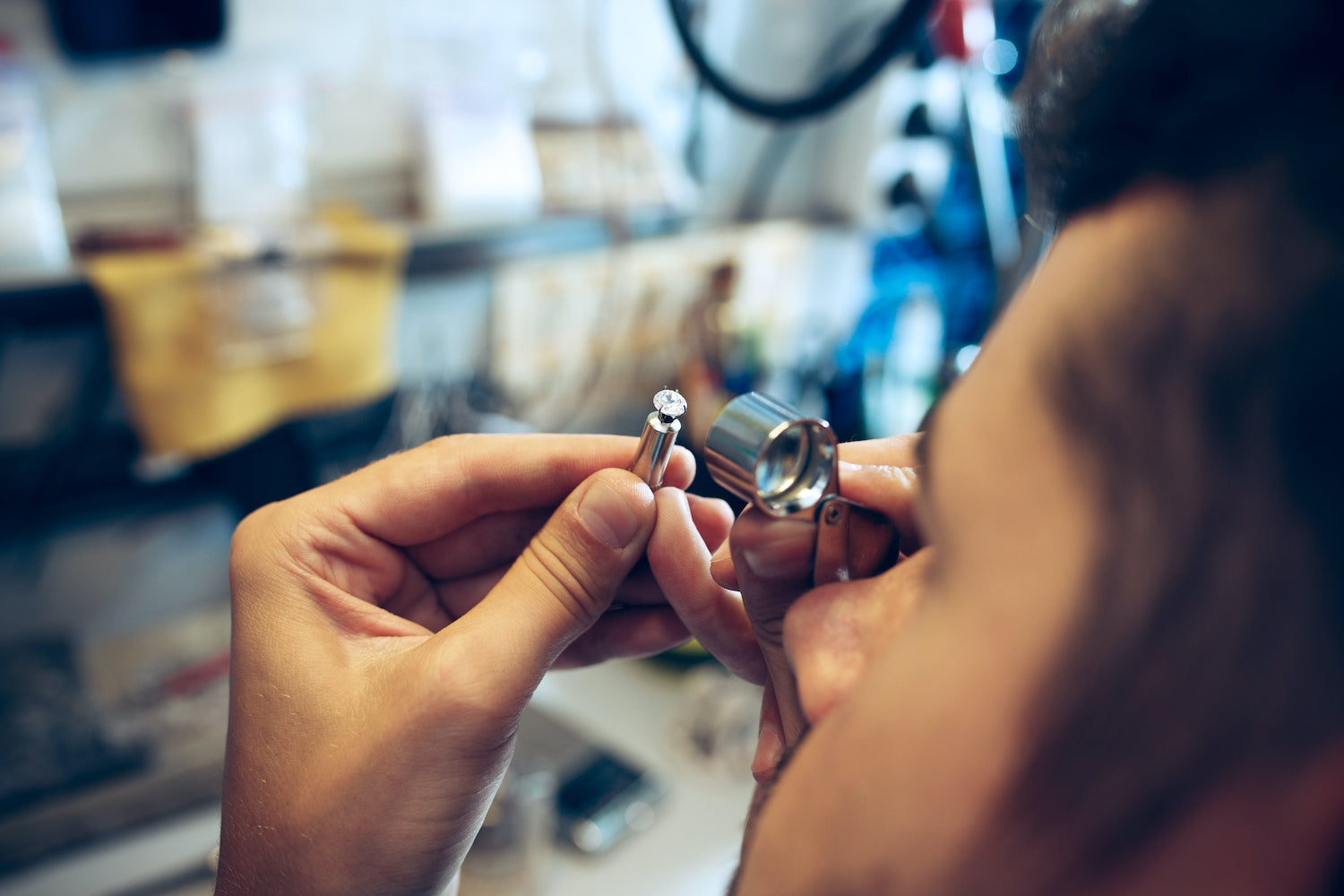
Combatting the Issues of Traditional Diamond Mining
Lab-grown Diamonds: A Solution for Ethical Concerns
Lab-grown diamonds have emerged as a promising solution to ethical concerns surrounding traditional diamond mining practices. Here's an elaboration on how lab-grown diamonds address these concerns:
- Ethical Mining Practices: Traditional diamond mining often involves environmentally
damaging practices such as open-pit mining and habitat destruction. Additionally, there have been concerns about labor exploitation and human rights abuses in some diamond mining regions. Lab-grown diamonds, however, are produced in controlled laboratory environments, eliminating the need for mining altogether. This ensures that there are no negative environmental impacts or ethical issues associated with labor practices.
- Conflict-Free: One of the most significant ethical concerns with natural diamonds is the issue of conflict or "blood" diamonds, which are mined in war zones and sold to finance armed conflict against governments. Lab-grown diamonds are inherently conflict-free since they are created in controlled laboratory settings, free from any association with conflict zones or illicit activities. This assurance of ethical integrity provides consumers with peace of mind when purchasing lab-grown diamonds.
- Transparency and Traceability: Another advantage of lab-grown diamonds is the ability to provide transparency and traceability throughout the production process. Consumers can trace the origin of lab-grown diamonds back to the laboratory where they were created, ensuring accountability and ethical sourcing. This transparency helps build trust between consumers and diamond producers, reinforcing the ethical credibility of lab-grown diamonds in the market.
Overall, lab-grown diamonds offer a compelling solution to ethical concerns in the diamond industry. By providing a conflict-free, transparent, and environmentally sustainable alternative to mined diamonds, lab-grown diamonds offer consumers a guilt-free option for purchasing beautiful and ethically sourced diamond jewelry.

Lab-grown Diamonds evolution in the world
Evolution of Supply Chains Across the Globe
At present, China stands as the foremost producer of lab-grown diamonds, accounting for more than 50% of the total market supply. Following China, India ranks as the second-largest producer of lab-grown diamonds, with the United States holding the position of the third-largest producer. Across the supply chain worldwide, several trends have been identified:
- Technological Advancements: Advances in technology have significantly improved the efficiency and scalability of lab-grown diamond production. Innovations in High Pressure-High Temperature (HPHT) and Chemical Vapor Deposition (CVD) techniques have made it possible to produce larger, higher quality diamonds at lower costs.
- Increased Production Capacity: As a result of technological advancements, the production capacity of lab-grown diamond manufacturers has expanded rapidly. New laboratories and production facilities have been established worldwide to meet the growing demand for lab-grown diamonds.
- Diversification of Suppliers: The growing popularity of lab-grown diamonds has led to an increase in the number of suppliers and manufacturers entering the market. This has created a more diverse and competitive landscape, driving innovation and driving down prices.
Emerging Patterns in Consumer Demand
A survey for De Beer’s 2021 Diamond insight report found 60 percent of consumers say they would choose diamond jewelry based on brands’ sustainability commitments, with 85 percent of those customers saying they would be open to paying a premium for sustainable stones. Several trends have been identified on consumer side:
- Consumer Awareness: Increased awareness among consumers about the ethical and environmental benefits of lab-grown diamonds has fueled demand for these sustainable alternatives to mined diamonds. Consumers are increasingly seeking out lab-grown diamonds as a conscious choice that aligns with their values.
- Changing Preferences: Millennial and Gen Z consumers, in particular, are driving the demand for lab-grown diamonds. These generations are more socially and environmentally conscious and are drawn to the transparency and traceability offered by lab-grown diamonds.
- Accessibility and Affordability: The affordability of lab-grown diamonds relative to natural diamonds has made them more accessible to a wider range of consumers. Lab-grown diamonds offer equal quality at a lower price point, making them an attractive option for budget-conscious shoppers.
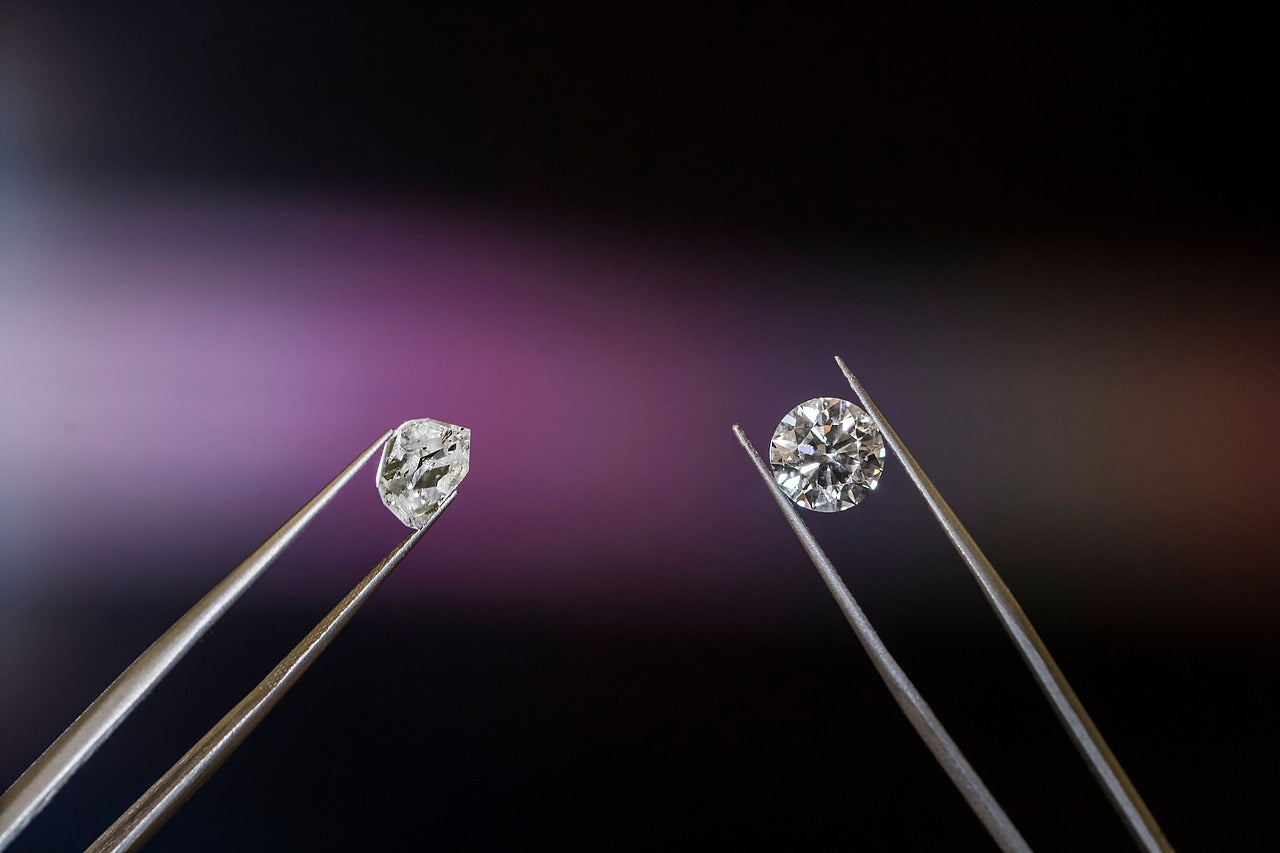
The Role of Lab-grown Diamonds in Adaïr’s Collections
Incorporating Lab-grown Diamonds in Adaïr Jewelry
Incorporating lab-grown diamonds into Adaïr Jewelry involves several key considerations and processes aimed at seamlessly integrating these sustainable gems into the brand's offerings:
- Sourcing Ethical and Sustainable Gems: Adaïr Jewelry prioritizes the sourcing of lab-grown diamonds from reputable suppliers who adhere to strict ethical and environmental standards. This ensures that the diamonds used in their pieces are conflict-free and responsibly produced, aligning with the brand's values of sustainability and ethical sourcing.
- Quality Assurance: Adaïr Jewelry maintains rigorous quality control measures to ensure that each lab-grown diamond meets the brand's exacting standards for cut, clarity, and color. This involves careful inspection and testing of each diamond to ensure its authenticity and integrity before it is incorporated into a piece of jewelry.
- Education and Transparency: Adaïr Jewelry is committed to educating consumers about the benefits of lab-grown diamonds and the differences between lab-grown and mined diamonds. Through transparent communication and informative content, the brand empowers customers to make informed decisions and appreciate the ethical and environmental advantages of choosing lab-grown diamonds.
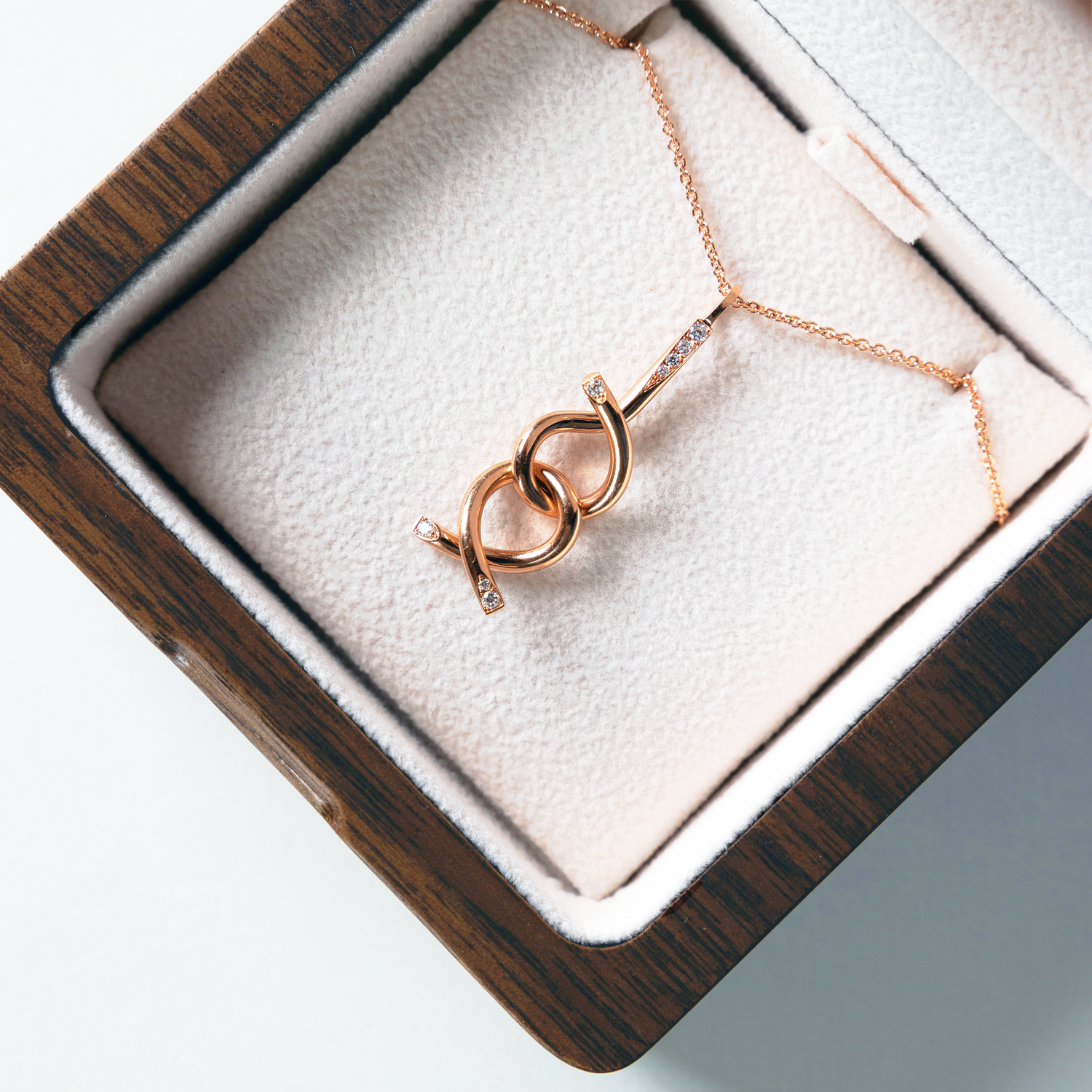
- Market Positioning: Adaïr Jewelry strategically positions itself as a leader in sustainable luxury in Switzerland, emphasizing the use of lab-grown diamonds as part of its commitment to ethical and environmentally responsible practices. By highlighting the beauty and value of lab-grown diamonds, the brand attracts customers who prioritize sustainability and ethical sourcing in their purchasing decisions.
Overall, incorporating lab-grown diamonds into Adaïr Jewelry involves a holistic approach that encompasses sourcing, design, quality assurance, education, and market positioning. By embracing these sustainable gems, Adaïr Jewelry reinforces its commitment to ethical practices and offers customers a beautiful and responsible choice in fine jewelry.
How Adaïr Ensures the Quality of Its Diamonds
Just like mined diamonds, lab-grown diamonds exhibit a range of qualities that impact their appearance, value, and desirability. Here's an elaboration on the various qualities of lab-grown diamonds focusing on the 4Cs: Cut, Clarity, Color, and Carat weight, and how Adaïr ensures the quality of its diamonds.
Cut: The cut of a diamond refers to its proportions, symmetry, and polish, which directly impact its brilliance and sparkle. Lab-grown diamonds are available in various cuts, such as round brilliant, princess, cushion, and emerald, among others. The precision of the cut influences how effectively light is reflected and refracted within the diamond, ultimately enhancing its beauty. In its collection A, Adaïr utilizes the round brilliant cut, with plans to introduce additional cuts in later collections.
Clarity: Clarity refers to the presence of internal flaws (inclusions) and external blemishes (blemishes) within a diamond. Lab-grown diamonds, like mined diamonds, can vary in clarity, ranging from flawless (no visible inclusions or blemishes under 10x magnification) to included (visible inclusions and blemishes). The clarity grade of a lab-grown diamond impacts its overall appearance and value. Adaïr ensures that all its diamonds are VVS or VS, meaning very very slightly included or very slightly included, representing the highest standards in diamond clarity.
Color: Lab-grown diamonds exhibit a range of colors, from colorless to fancy colored diamonds. The presence of nitrogen impurities during the diamond growth process can result in yellow or brown hues, while other trace elements can produce pink, blue, green, or yellow colors. Like mined diamonds, lab-grown diamonds are graded on a color scale from D (colorless) to Z (light yellow or brown), with fancy-colored diamonds graded separately. Currently, Adaïr exclusively uses colorless diamonds (D, E, F) and plans to incorporate fancy colored diamonds in the future.
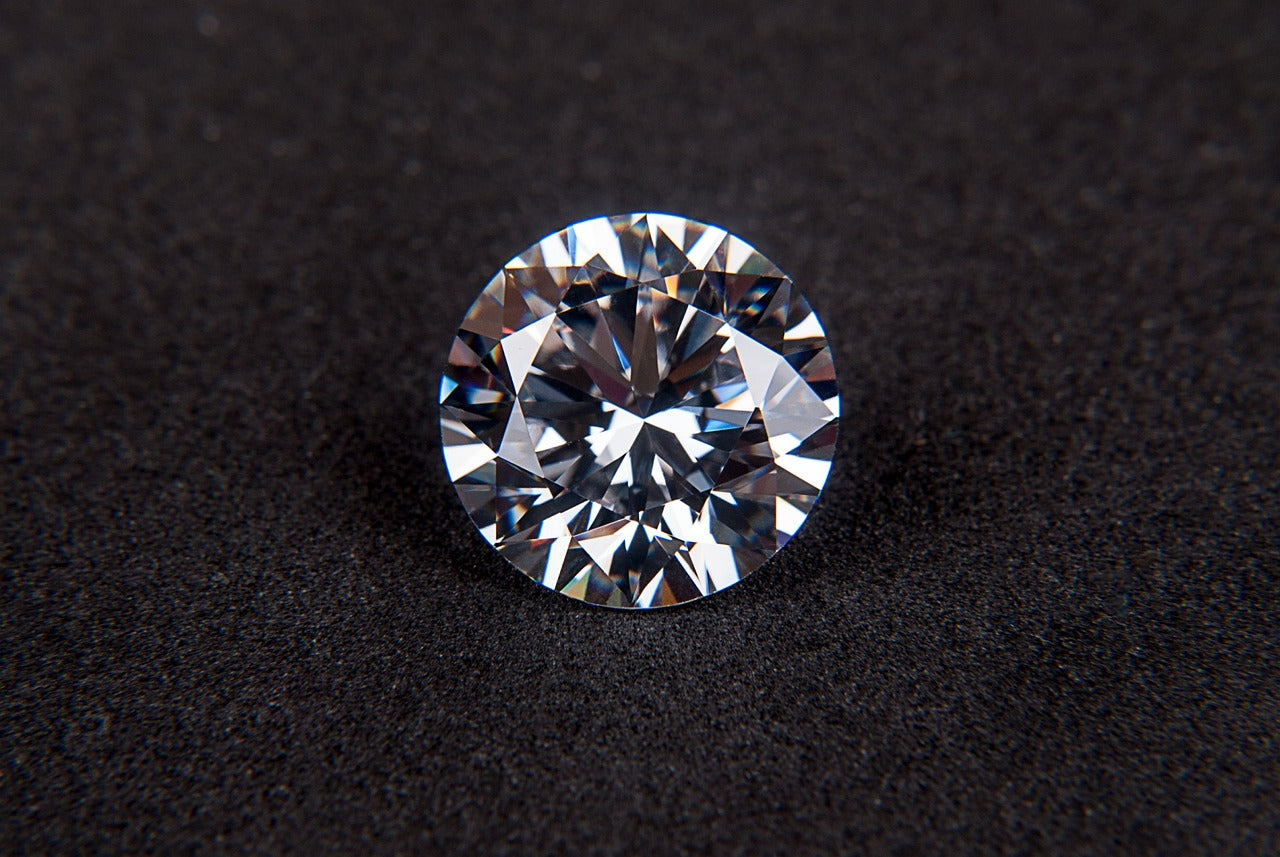
Carat: Carat weight refers to the size of a diamond and is measured in carats, with one carat equal to 0.2 grams. Lab-grown diamonds are available in a variety of carat weights, ranging from small accent stones to large center stones. The carat weight of a diamond, along with its cut, color, and clarity, influences its overall value and appearance. Carat weight data is available on each product detailed page for your reference.
Lab-grown diamonds, mirroring their mined counterparts, exhibit a spectrum of qualities encapsulated by the 4Cs: Cut, Clarity, Color, and Carat weight. Adaïr Jewelry, committed to excellence, ensures the highest standards across these attributes.
Why Choose Adaïr’s Lab-grown Diamond Jewelry?
Choosing Adaïr’s lab-grown diamond jewelry means embracing ethical sourcing and
responsibility without compromising on quality or style. With exquisite designs, impeccable Swiss-made craftsmanship, and ethically sourced materials for all its high jewelry lines, Adaïr offers a guilt-free alternative that exudes elegance and sophistication while contributing to a more sustainable future.
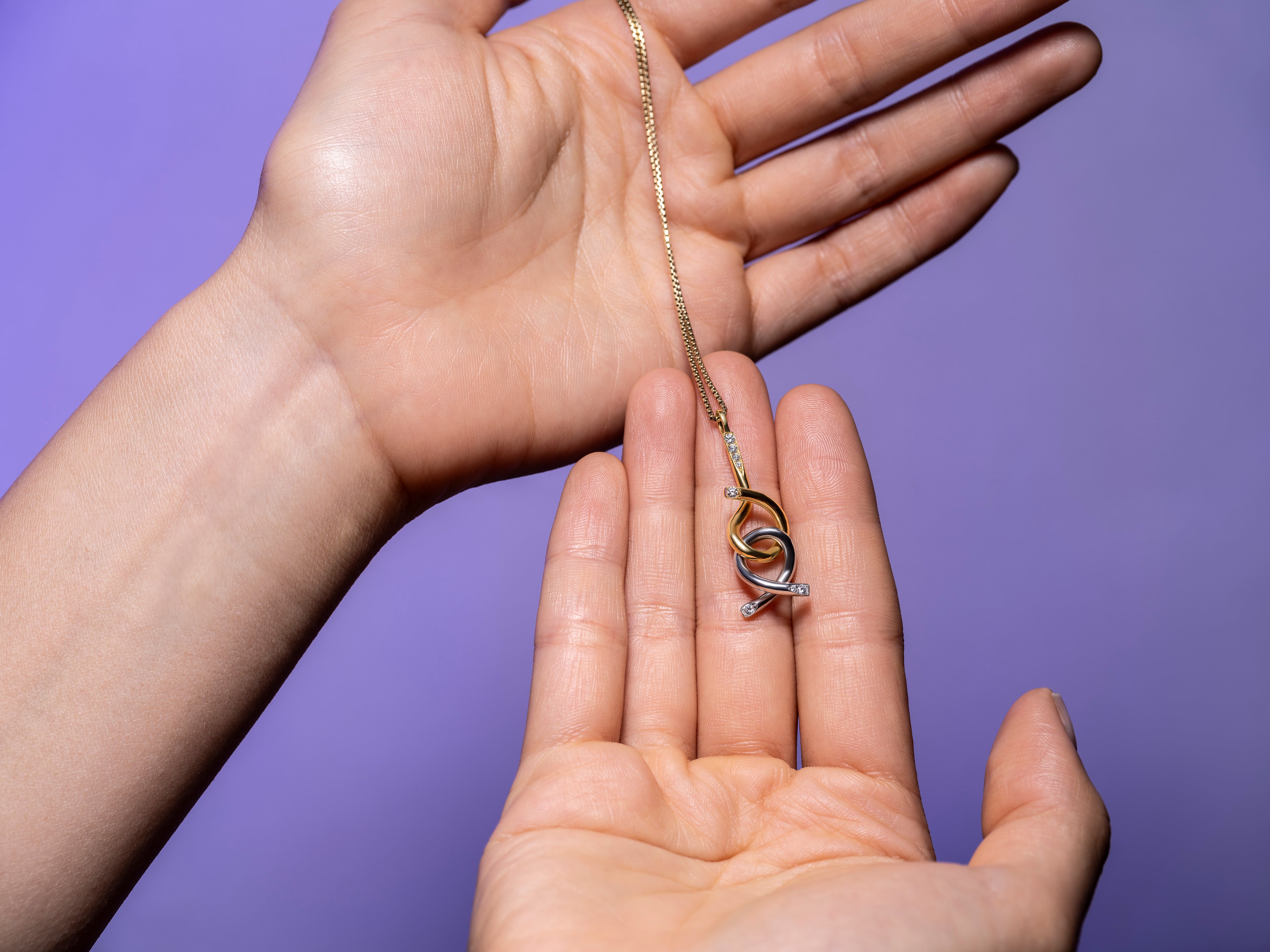
Image sources:
- Diamonds top banner: Image by 11754907 from Pixabay
- Diamond image with a white background: Unsplash, Evie S.: image link
- Jeweler with a magnifying glass image: Image by master1305 on Freepik
- Multliple diamonds with a pink background: Image by Freepik
- Two diamonds banner : Image by Grown Diamond from Pixabay
- Round diamond image: Image by zombie cygig from Pixabay
